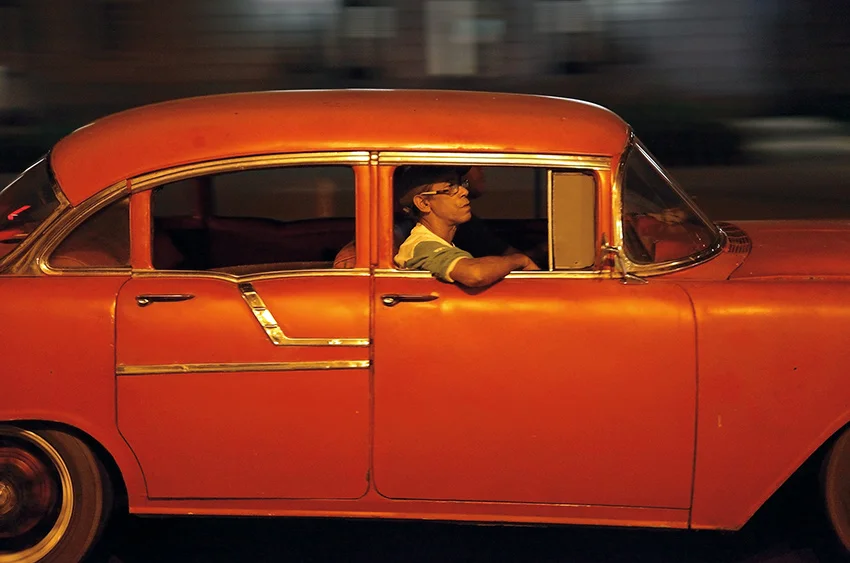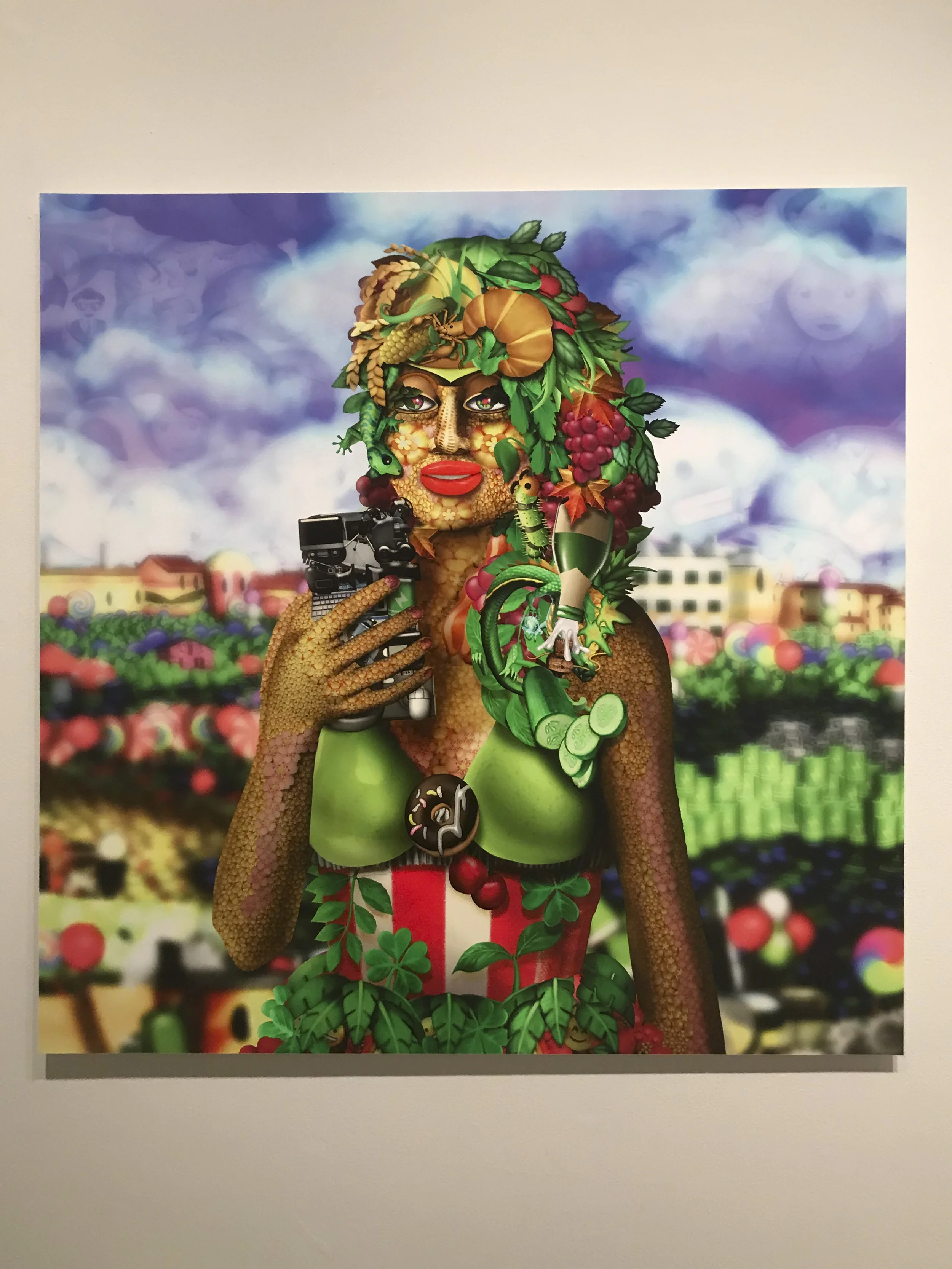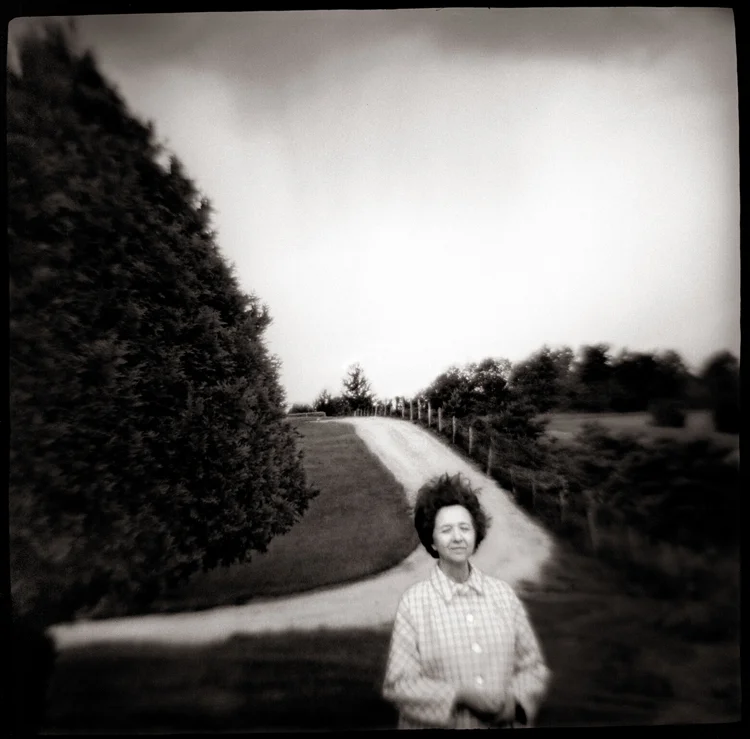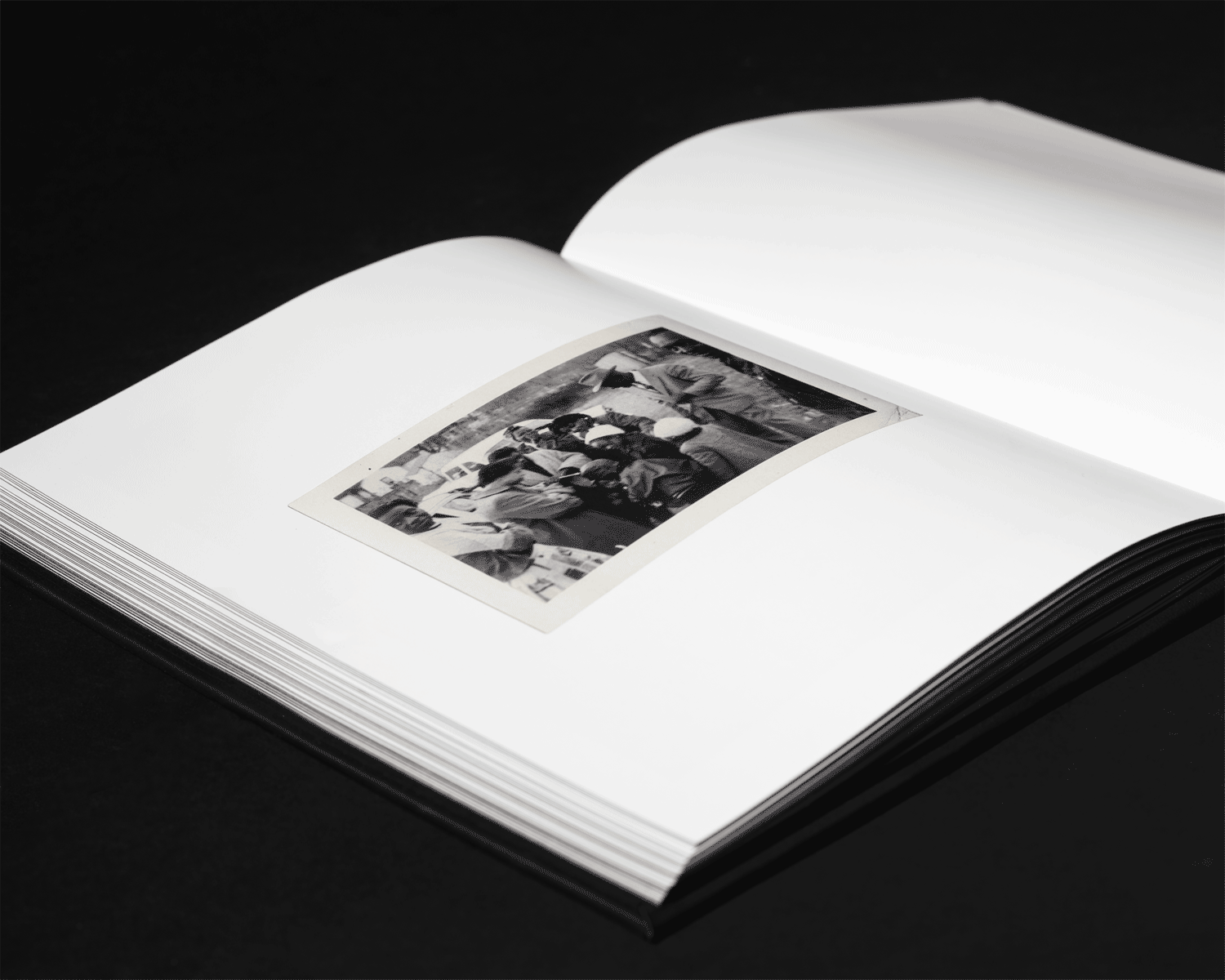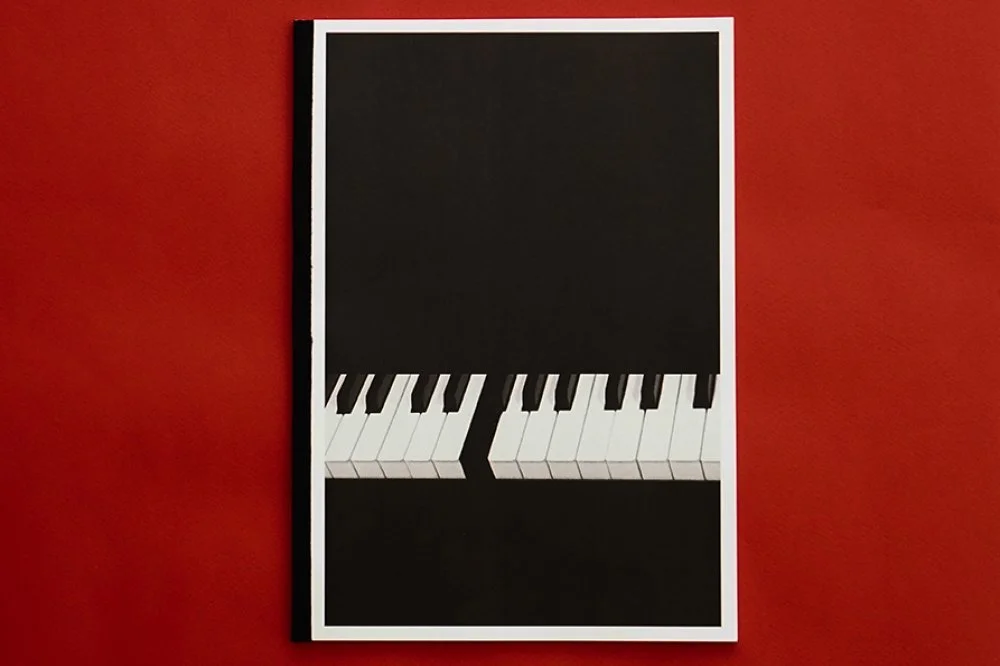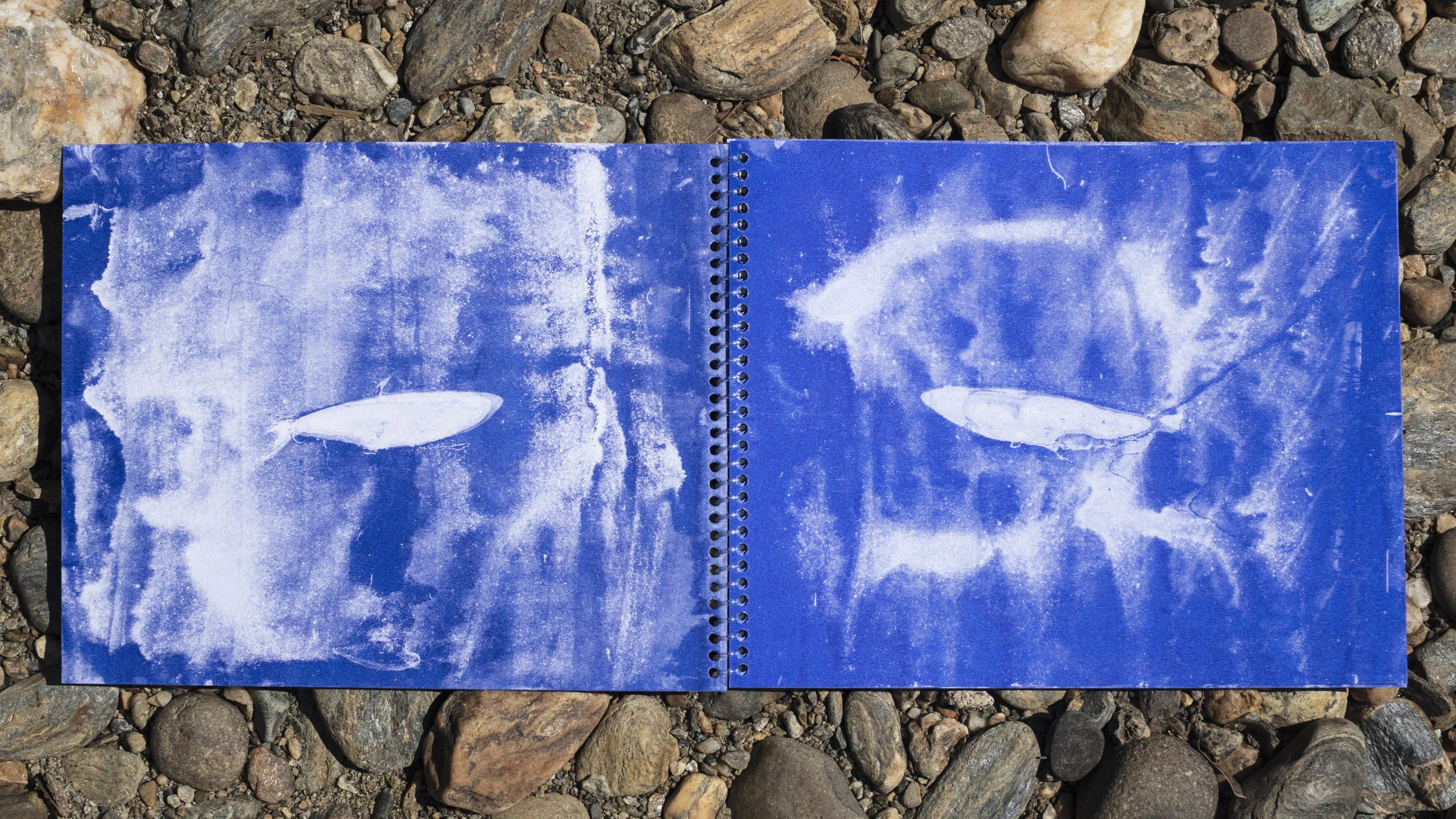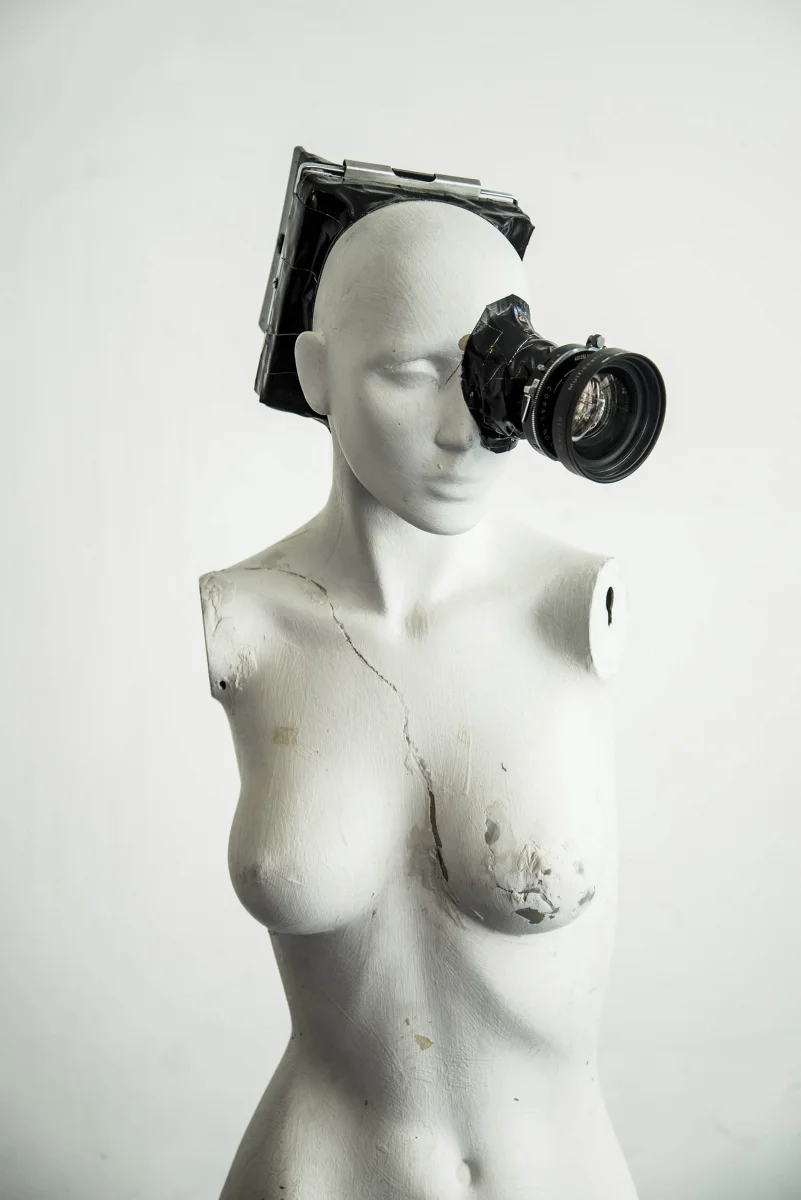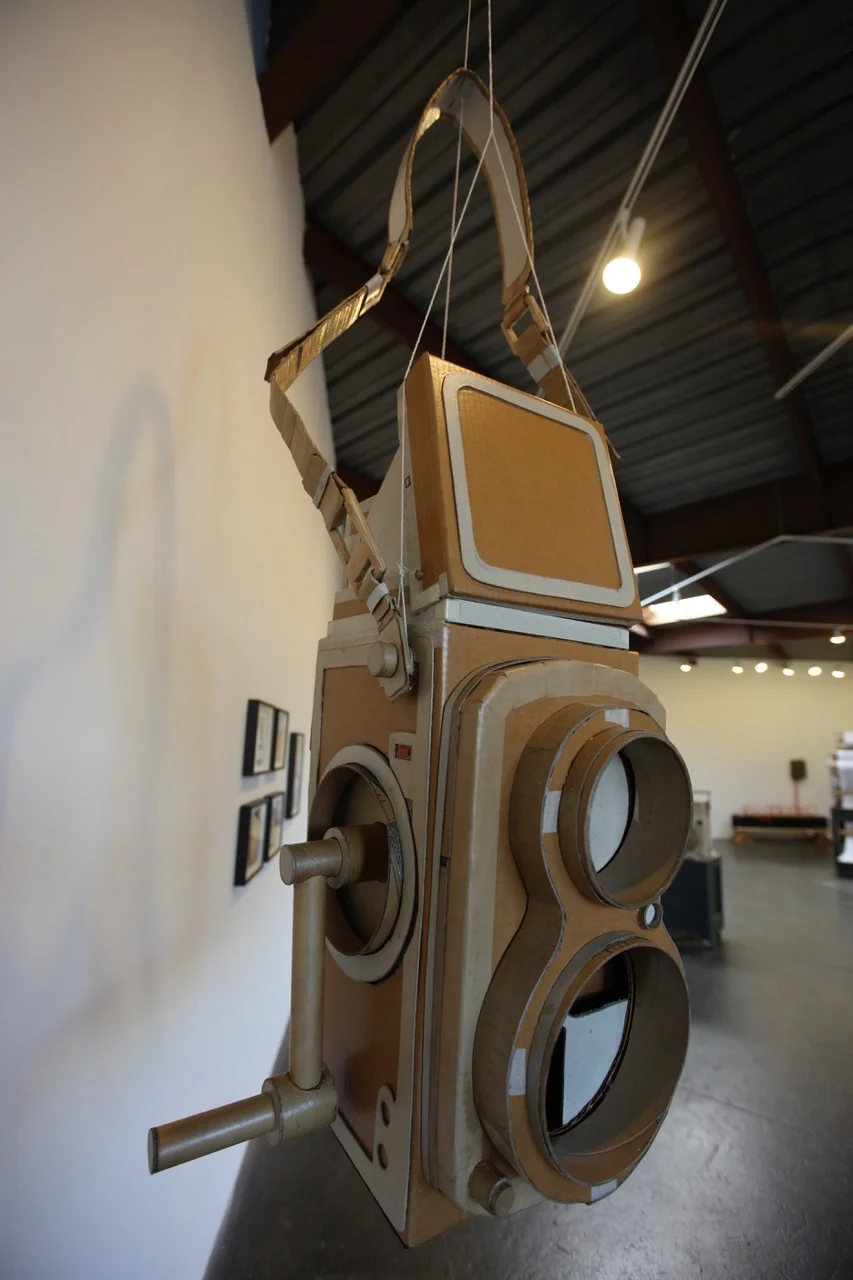In 1976, Susan Spiritus opened an art gallery dedicated exclusively to photography in a quaint, two-story house on Lido Island in Newport Beach, California. The kitchen was repurposed as the office and the living room served as the main exhibition space. For the inaugural show, 20 platinum and silver gelatin prints by photographer George Tice graced the walls. Those quiet photographs of Amish communities, lonely highways, and country landscapes are now referred to as the “classic Tice photos,” but at the time of the exhibition they were simply the works of an emerging talent.
Showcard from George Tice’s first exhibition at Susan Spiritus Gallery.
George Tice hand-coating paper for a palladium print in his home darkroom. Photo: Groenfeldt, 1982
In the 1960s and 70s, photography was treated like the second-class citizen of the art world. Very few galleries exhibited the medium and even fewer showed it exclusively. Before opening her gallery, Spiritus and her husband Gene travelled to New York City to visit galleries that were presenting photography as a fine art. “We knew you needed a physical space, lights, and white walls. I was a neophyte—admittedly so.” Says Spiritus of her beginnings. Witkin Gallery was the first commercially successful gallery in New York dedicated to fine art photography and the work of George Tice caught her eye. Always eager to broaden his artist’s audience, owner Lee Witkin set up a studio visit between the two. Impressed with his masterful prints and his eye for unhurried spaces and facets of American culture—patiently photographed with an 8x10 view camera—Spiritus offered Tice the inaugural exhibition at her gallery. “I bought the photos for the show” she said, “I didn’t know about consignment.” The purchase surprised and impressed Tice who offered to “throw in” additional pieces on consignment—an arrangement she appreciated.
To promote the upcoming exhibition, Tice created a limited-edition poster using his image, “Two Amish Boys.” The Newport Beach art scene was enamored with the black-and-white photographs of the East coast. Lily pad-filled ponds, spindly birch trees, and dramatic waterfalls were arranged near photographs of Americana icons like theater marquees, general stores, family cars, and a number of photographs of Pennsylvania’s Amish communities from Tice’s first book, Fields of Peace. Spiritus sold every piece in the show. She attributes the success to Tice’s talent as well as to introducing photography as a fine art to new audiences. With each new book—Tice has published approximately 20 to date—Susan Spiritus Gallery would mount an exhibition. With Spiritus on the West coast, and Witkin on the East, Tice’s blossoming career caught the attention of some of photography’s icons including Edward Weston, Lewis Hine, and Edward Steichen who, impressed with his luminous platinum and silver gelatin prints, trusted him to print their limited-edition portfolios.
Aspen Grove, Aspen Colorado, 1969
Tice uses the photographic medium as a way to secure a legacy for his subjects, whether it be his home state of New Jersey during a certain era, coastal Maine’s fishing community, the Amish way of life, or wild spaces. This idea of legacy is important to Tice, a tenth-generation New Jerseyan. Born in Newark in 1938, he joined the local camera club at 15 and soon began dedicating his life to photography. In the 42 years since his exhibition in Newport Beach, he has exhibited all over the world, including the Metropolitan Museum of Art, The National Museum of Photography, and The International Center of Photography.
Twelve years ago, on the 30th anniversary of Susan Spiritus Gallery’s opening, Tice flew to California to attend a dinner party with selected artists, collectors, and friends. He brought with him a replica of the poster he had made for their first show together, as well as the photograph itself.
Two Amish Boys, Lancaster, Pennsylvania, 1962
In today’s art world, it is not uncommon for an artist to leave one gallery for another as their career grows, treating galleries like rungs in a corporate ladder. Tice remained on Witkin’s roster until the gallery’s closing in 1999 and continues to show with Susan Spiritus Gallery—both dealer and photographer building legacies together.
This article first appeared in Issue 11.
Kat Kiernan is the Editor-in-Chief of Don’t Take Pictures and the Director of Panopticon Gallery.
















































